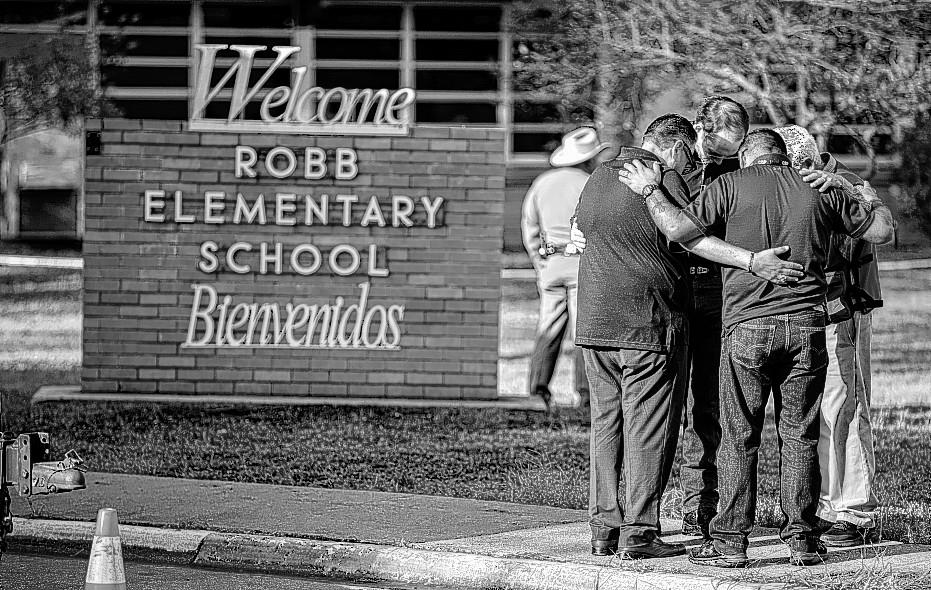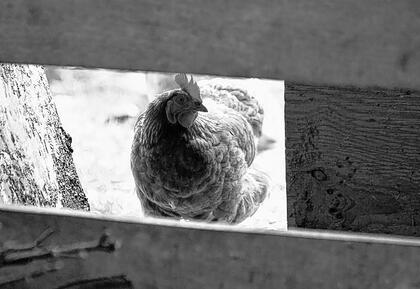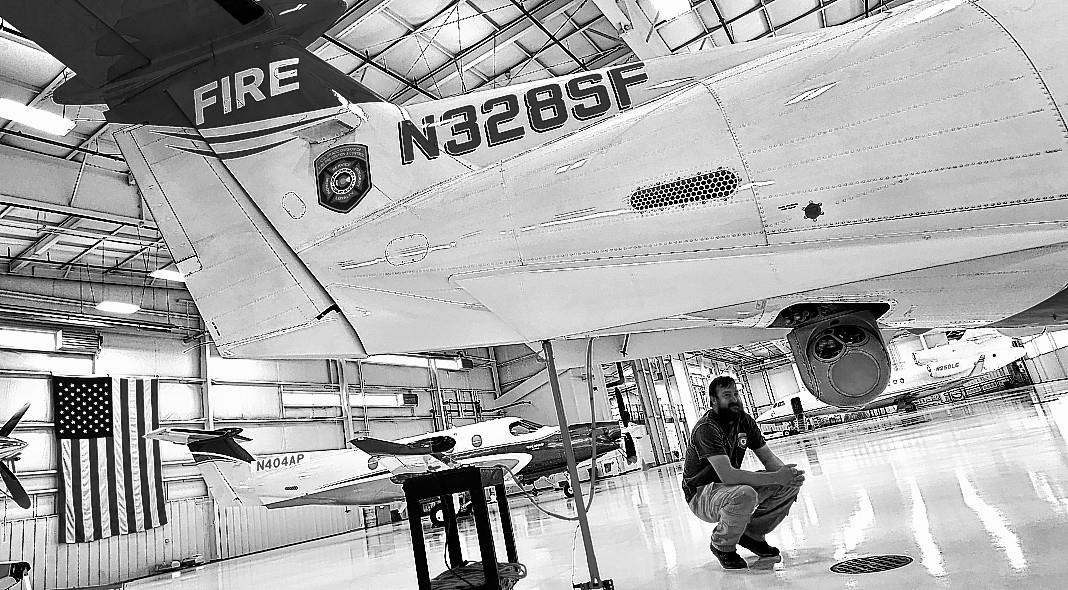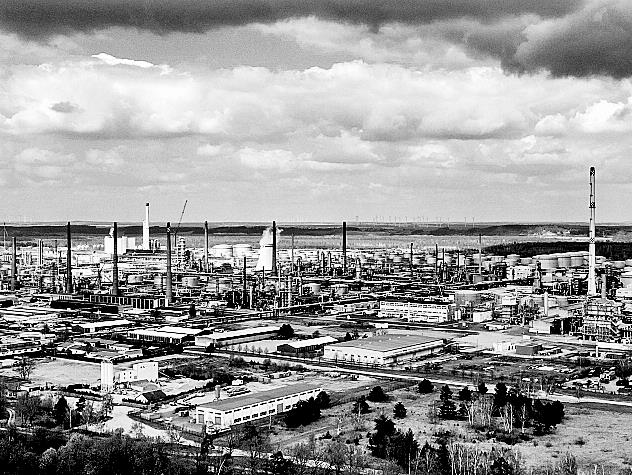To put yourself in the proper frame of mind to weigh what we ask you to consider today, imagine that you were one of the parents waiting into the night Tuesday outside Robb Elementary School in Uvalde, Texas, knowing what had happened inside hours before — to put it bluntly, a barrage of handgun and semiautomatic-weapon fire shredding small bodies. You're waiting to know if your child survived this hell. You're waiting to know whether and how you'll go on.
Or imagine you were one of those children — fourth-graders — in that bewildering moment. Even young children are aware of what can happen to them these days in this society, in places where they should be safe. But nothing could truly prepare them, nor anyone, for the terror of an event like that.
Imagine as well that you're the family member of one of the victims of the shootings that occur routinely in cities like Minneapolis or St. Paul. If your empathy begins to wane at this change of considerations, revive it. Yes, some of these victims led lives that made them susceptible to danger. But many simply arrived there by circumstance. None of them deserved to die, and if guns were less almighty in this nation, maybe they wouldn't have.
We've written before that when any significant change is proposed to laws and policies that guide and restrict us, the burden of proof is on those seeking the change.
Separate shootings claimed the lives of three men in St. Paul within a six-hour span one day last week. The country as a whole has been shaken by two mass slaughters of innocents in the last few weeks alone. On Monday, the FBI released data showing that the trend line in active-shooter incidents is rising precipitously.
With respect to the need for stronger gun laws, the burden has been met. It does not fall now on those who want to do something about gun violence in America, but on those who resist.
That phrase "do something" is, of course, the catch. Shouldn't that "something" be demonstrably effective?
It should. But it's also clear that no law or procedure can individually stop the shootings, mass or otherwise. It will require a panoply of change, a wide net that can capture as many perpetrators as possible before they carry out their impulses and plans. Some of these actions will involve regulations on guns. Some will target other aspects of violent behavior or its potential.
One example is to expand criminal background checks and waiting periods for gun buyers so that there's more time for effective vetting. The U.S. House has passed legislation doing just that, and the bills await a vote in the Senate.
Another is the red-flag laws that allow police or family members to petition a court to allow weapons to be taken from people identified as a danger to themselves or others.
You can see, can't you, how these strategies would work in tandem?
An analysis of school shooting incidents ordered in 2018 by Arizona Gov. Doug Ducey, a Republican, suggested that all of the deadliest school shootings in recent decades might have been prevented by a red flag law. Such laws exist in 19 states, but not in Minnesota.
Conservative commentator David French, writing in the Dispatch, suggests that while existing gun laws are not as effective at stopping suicide and mass killings as they are at addressing "common crime," red flag laws would be — if passed, and if people knew enough to enforce them.
While the motive of the Texas shooter was still being investigated Tuesday, it's been reported that he was bullied as a child and that he had lashed out violently to friends and strangers. Yet he was able to buy weapons shortly after turning 18. For comparison, he could not have legally bought alcohol until reaching 21. (It won't happen. He was killed by law enforcement officers to end Tuesday's siege.)
All proposals for addressing gun violence raise issues of liberty, of due process, of constitutionality. It's a sticky wicket for sure. But that's why we elect leaders — to find a way forward.
It appeared Tuesday that some semblance of movement might happen in the Senate after Majority Leader Chuck Schumer said he was prepared to bring the House background check bills up for a vote. He acknowledged that passage was unlikely in the face of Republican and NRA opposition, but that it was important to put lawmakers on the record.
That's right, it is. So is urgency. Yet it seemed Wednesday that such a vote was unlikely to happen before the Memorial Day recess.
Huh. OK. Well, happy grilling and campaigning, members of Congress.
Hope it's lovely.
The need for action has been demonstrated over and over.







 RSS Feed
RSS Feed